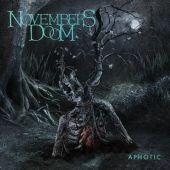Avigal - Official Website - News
Aphotic |
United States
 |
|---|

Type: Full-Length
Release Date: 2011
Label: The End Records
Genre: Death, Doom
